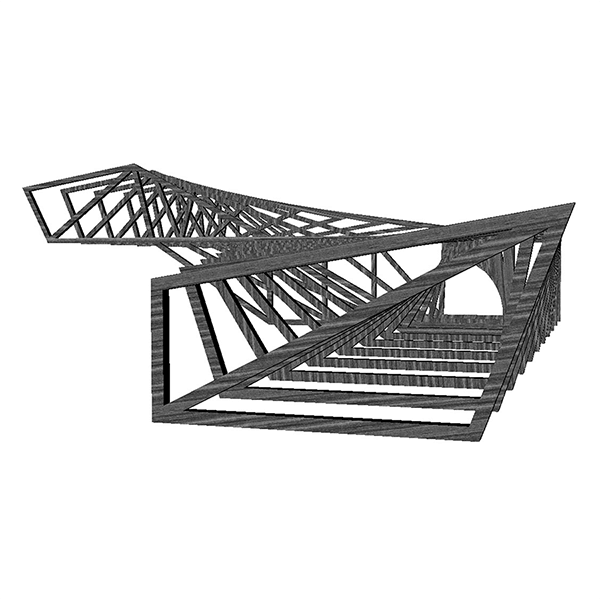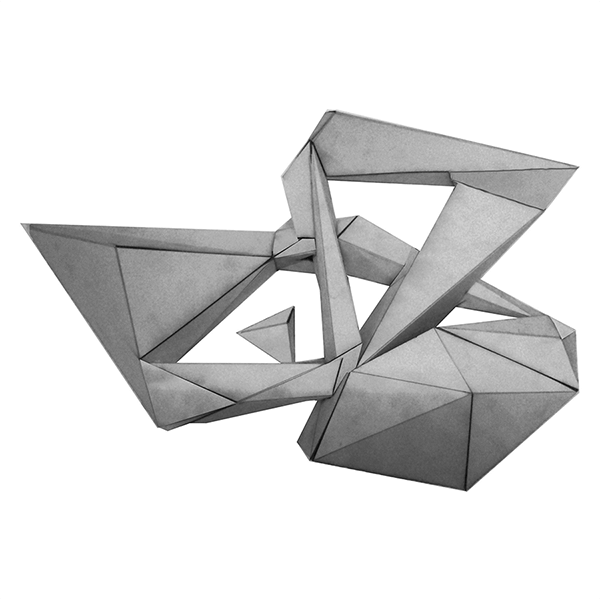Dream Research Center
Professor Natalie Fizer
Design Studio 5
Fall 2015
Many Western cultures believe that eight hours of unconscious sleep are necessary to properly function, while many Eastern cultures explore rest through medtation and other conscious practices.
After researching different forms of meditation and sleep studies, I wanted to focus this project on losing yourself in your surroundings via optical illusions. I also found inspiration in sound and projections as ways proven to help induce a sleep state. The first small study model of a sleep center for ten people led me to explore water as a variable to create natural sounds and projections to help induce sleep.
The dream research center I created, which would be located on historic Asser Levy Drive on the east side of Manhattan, uses optical illusion geometries that draw you in, while water acts as a way to create both sound and projections. This complex consists of three rings, each with different bed types. The smallest rooms occupy one person and are used for sleep. The medium rooms occupy two, and are used for daydreaming. The large rooms occupy groups of five, and are used for reflection. The areas within these rings are programmed with a library and classrooms, small cafe and communal bath, and an outdoor self-reflection park.





















